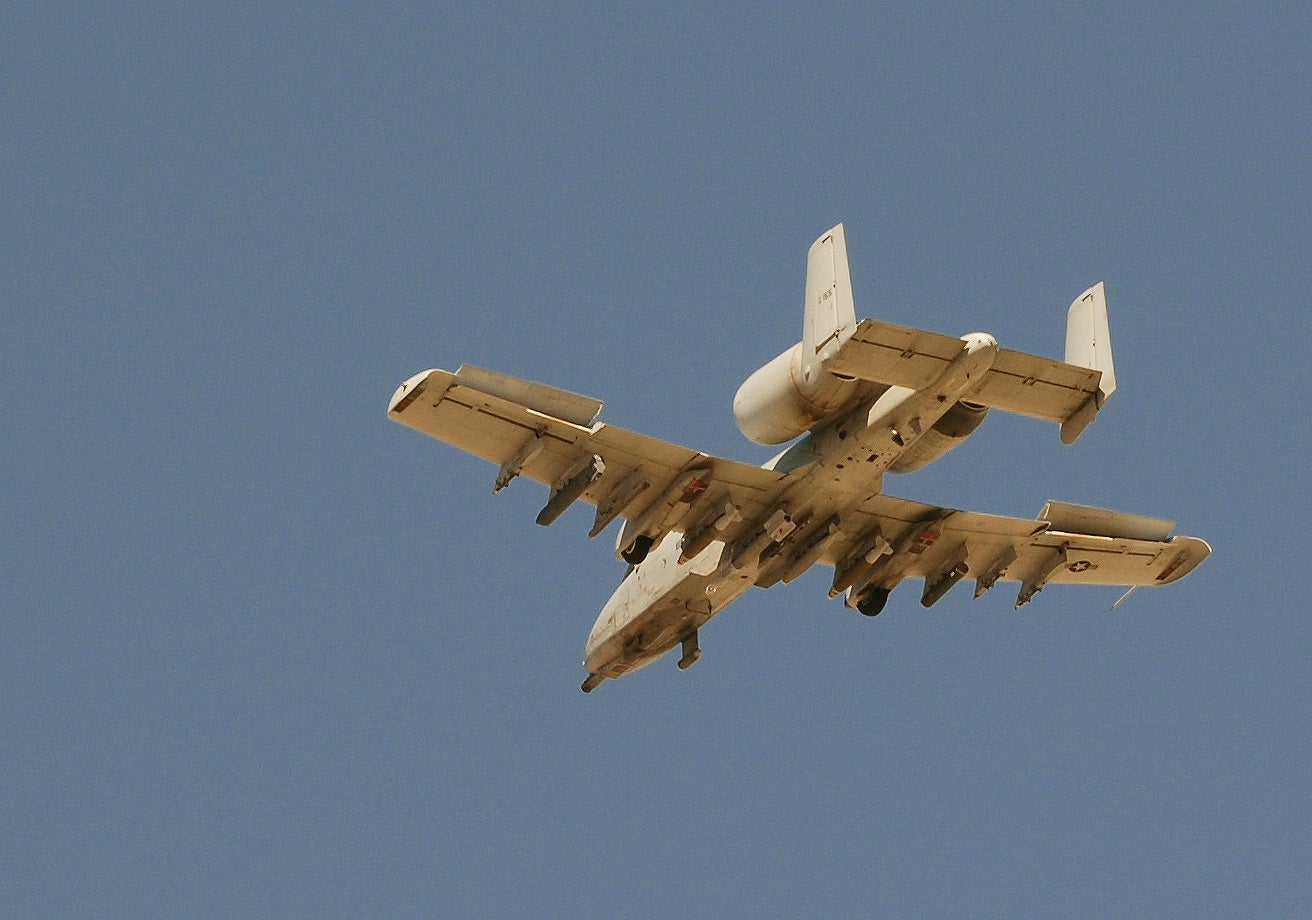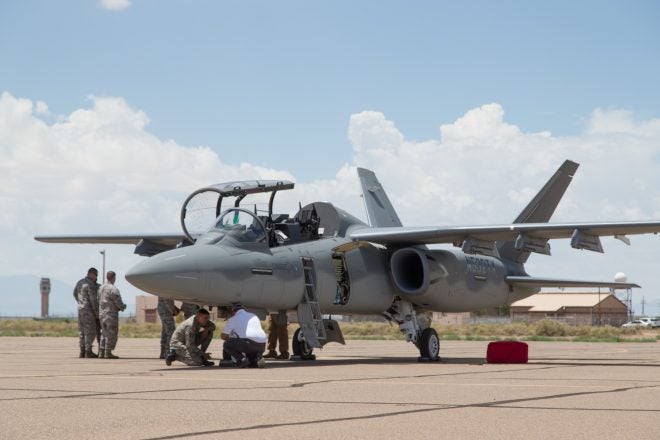Close air support (CAS) – the direct support of ground forces by low flying combat aircraft – has been a key function of military aviation since World War I. However, since the formation of the Air Force as a separate service in 1947, and especially the Key West Agreement of 1948, CAS as a role has been something of a redheaded stepchild among the priorities of Air Force aviation programs. Flashier bomber and fighter programs have always stolen the spotlight, but that has been changing recently with the Air Force’s OA-X Light Attack demonstration announced in March. The event, conducted at Holloman Air Force Baseon August 8th and 9th, saw no less than four entrants from five companies fly in front of Air Force and foreign officials, demonstrating their capabilities. These entrants were the A-29 Super Tucano from Embraer and Sierra Nevada, the AT-802L Longsword from Air Tractor Inc. and L3 Communications, and the AT-6 Wolverine and Scorpion jet from Textron Aviation (formerly Hawker-Beechcraft).
OA-X is intended to pave the way for a new light attack aircraft that bridges the gap between unmanned drones and high performance manned jet aircraft like the A-10 “Warthog” Thunderbolt II and F-16 “Viper” Fighting Falcon. The aircraft demonstrated earlier this month offer longer loiter times and lower procurement and operating costs than high performance jet aircraft or attack helicopters, while maintaining most or all of the capability to deliver modern precision guided ordnance onto enemy targets in contact with allied forces. The concepts presented in the OA-X demonstration have been preceded by various experimental and operational aircraft throughout history, such as the OV-10 Bronco, but the much higher efficiency of modern precision weapons substantially enhances the close air support power of a small aircraft of this type beyond anything that was possible previously. While the A-10 Warthog was designed to operate with a full load of mostly or entirely unguided ordnance on all of its 11 hardpoints, this is unnecessary today. A lighter aircraft carrying precision weapons would be just as effective, while being cheaper to fly and maintain.

Original caption: “An A-10C Thunderbolt II from the 354th Expeditionary Fighter Squadron flies above Kandahar Airfield, Afghanistan, Jan. 1.” Note the low amount of ordnance carried – just one 7-shot LAU-68 rocket pod and four bombs. More ordnance is unnecessary with modern guidance systems, but the A-10’s size is arguably excessive for such low payloads. Photo via US Air Force, Staff Sgt. Dayton Mitchell. Public domain.
Participants in the OA-X demonstration run the spectrum of aircraft within this smaller size class. The Air Tractor/L3 Longsword is the smallest, being a converted crop duster, while the Textron Scorpion jet is much larger and more powerful, and could be thought of as a 21st Century little brother to the A-10. In the middle are the assume front runners, the Embraer Tucano and Textron AT-6, both of which possess different advantages and disadvantages. The Tucano is more capable and has won similar contracts before (including a USAF program to equip the Afghani Air Force with CAS aircraft), while the AT-6 is based on the T-6 Texan II already used as a trainer by the USAF, USN, and USMC. In addition to potentially providing an intermediate light attack capability, the OA-X demonstration also serves as an “industry day” for foreign governments who may be interested in aircraft with these capabilities.
 Your Privacy Choices
Your Privacy Choices
